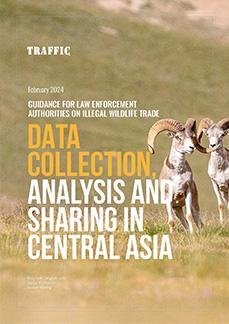WORLD ECONOMIC FORUM; MARSH & MCLENNAN COMPANIES; ZURICH INSURANCE GROUP
From the document: "The 'Global Risks Report 2024' presents the findings of the Global Risks Perception Survey (GRPS), which captures insights from nearly 1,500 global experts. The report analyses global risks through three time frames to support decision-makers in balancing current crises and longer-term priorities. Chapter 1 explores the most severe current risks, and those ranked highest by survey respondents, over a two-year period, analysing in depth the three risks that have rapidly accelerated into the top 10 rankings over the two-year horizon. Chapter 2 focuses on the top risks emerging over the next decade against a backdrop of geostrategic, climate, technological and demographic shifts, diving deeper into four specific risk outlooks. The report concludes by considering approaches for addressing complex and non-linear aspects of global risks during this period of global fragmentation."
WORLD ECONOMIC FORUM; MARSH & MCLENNAN COMPANIES; ZURICH INSURANCE GROUP


























